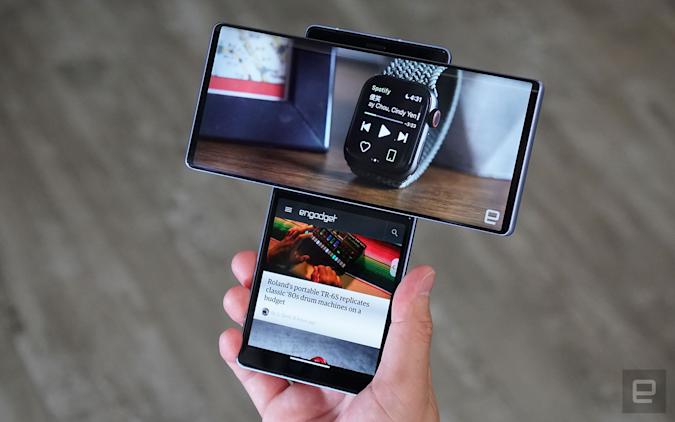If you’re reading this on a tablet, it’s unlikely that LG designed it. For years, the Korean tech behemoth has been losing money and market share with its mobile division, so it came as no surprise when it announced plans to shut it down today.

LG has spent years seeing its share of the phone market shrink to about 2%—the company was the third-largest phone manufacturer in 2013—despite being one of the most influential players in the world of TVs, home appliances, and monitors.
LG delivered only 6.5 million smartphones in the third quarter of 2020, down 7.2 million from the previous quarter. It is expected to ship 23 million phones in 2020. Samsung, on the other hand, shipped 256 million units.

LG’s mobile division took steps to resolve its issues in its final year. The Explorer Project was developed to create more creative projects, such as the lovely yet underpowered Velvet and the interesting dual-screen Wing. The company unveiled a Rollable prototype phone at CES this year, which it said it intended to bring to market.
That won’t happen now, and it’s difficult to call it a big setback considering that companies like Oppo and TCL are likely to fill the gap with their own models. However, in the sense of the US phone industry, there will be fewer options, and whoever replaces LG’s lost market share will be unlikely to be as inventive.

It’s a shame to see LG leave the phone space, which accounted for just 7% of its total revenue—the smallest of the company’s five divisions. It was known for innovating, not always successfully, in an area often afraid of the word. There was the modular G5, the dual-screen LG G8X, the flexible LG G Flex 2, and the futuristic LG Wing 5G, to name a few. From those of us who have owned an LG handset or still do, we bid a sad farewell.


